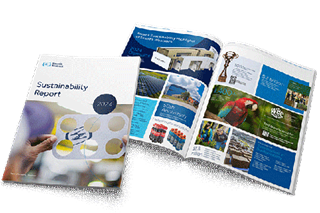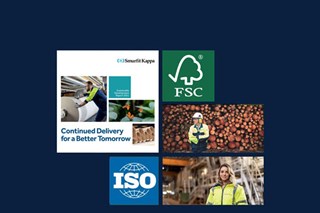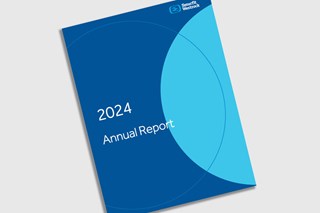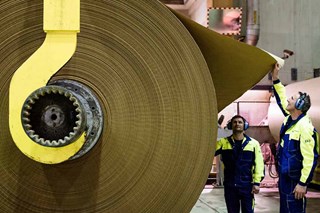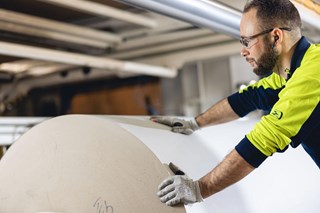How Sustainable Supply Chain Innovation Can Help You Meet Your Targets
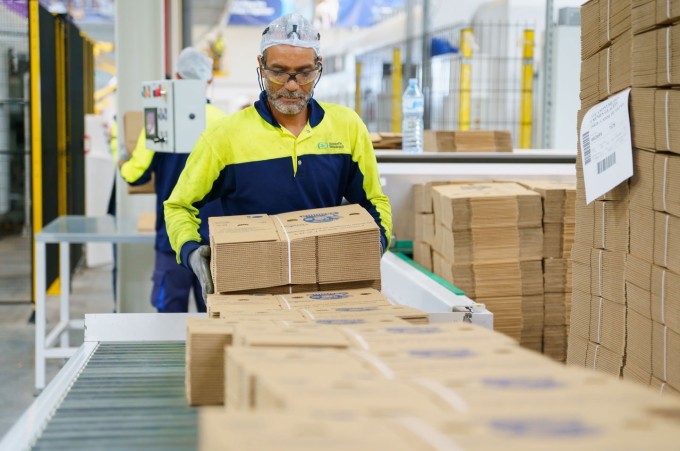
When people come to us with a desire to work on meeting sustainability targets, they’re usually focused on packaging design and materials. However, the processes and operations surrounding the packaging are places where our experts can make significant gains for producers. This is why we focus on supply chain collaboration for sustainability.
When working with customers to innovate the supply chain, we combine technology, sustainability strategies and efficient processes to minimize the environmental impact of packaging logistics and transportation operations. We call this sustainable supply chain innovation. Let’s explore what this includes, how we do it and what the main benefits are for businesses and the planet.
What is sustainable supply chain innovation?
Through the implementation of creative and technological solutions, we enable organizations to manage their logistics operations as sustainably as possible. The changes implemented should do things like lower Scopes 1, 2 and 3 carbon emissions and/or use less water, gas and energy.
To accomplish this, we integrate sustainable practices at each stage of the supply chain, starting from the acquisition of raw materials all the way to the final distribution of products, and even on to the recovering of packaging material for recycling.
Increasing the supply chain sustainability not only involves reducing carbon emissions, but also optimizing the use of natural resources, improving working conditions throughout the chain and ensuring that products are reusable or even recyclable at the end of their life cycle. This comprehensive approach responds directly to the growing demand from consumers and regulators for more sustainable operations.
How does innovation create greater sustainability in supply chain?
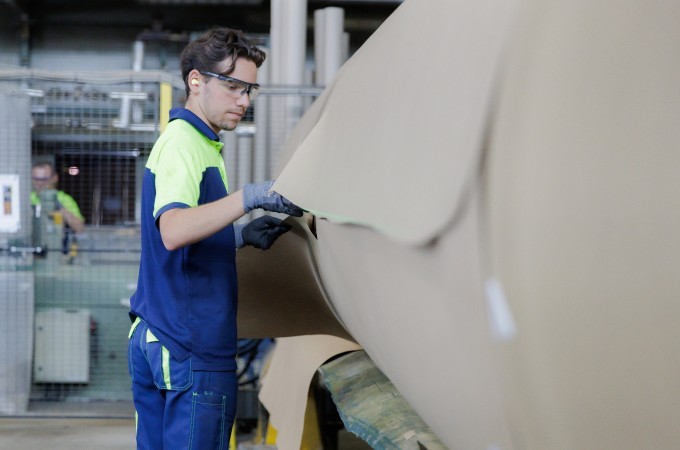
To integrate the most sustainable and innovative practices at every stage of the supply chain, we follow a process using these main steps:
- Environmental impact analysis (and product life cycle analyses) It all starts with data: You first need to assess how your operations affect the environment. This includes measuring greenhouse gas emissions, water consumption, and waste generation. It’s hard to know how much you’ve improved if you don’t have benchmark data as a starting point.
- Setting clear goals Based on the analysis, you then need to set clear and measurable sustainability goals. These goals may include reducing a specific percentage of emissions, reducing energy consumption, or reducing materials waste.
- Technology implementation Implementing new technology in the supply chain usually includes adopting automated solutions that optimize resources and minimize human error, such as data analysis driven by AI tools to identify areas for improvement in real time. Risk management system software based on AI algorithms can quickly diagnose existing risks in the supply chain, allowing organizations to be proactive and reduce potential disruptions to their operations.
- Monitoring the supply chain for continuous improvement Finally, sustainable innovation is a dynamic process. Companies must constantly monitor their progress and adjust their strategies to adapt to new challenges and find greater opportunities.
Additionally, carrying out a thorough audit of the supply chain will identify existing weak points in each phase of your processes, which include supplier practices, transport efficiency, resource use, waste management, etc. Once weak points are identified, we’ll understand what potential changes can be made and can generate ideas for improvement and greater efficiency.
Technologies such as blockchain help us improve the traceability of our supply chain by streamlining processes and providing greater security of collected information. Similarly, RFID technology and AI analysis tools allow manufacturers to more accurately forecast the flow of inventory required, avoiding overproduction and waste of products.
Organizations can make use of a combination of technologies to optimize their operations continuously and prioritize actions that reduce their environmental footprint, lower their costs, and increase operational efficiency for a more sustainable supply chain.
In what areas can innovation continue to improve sustainable supply chain management?
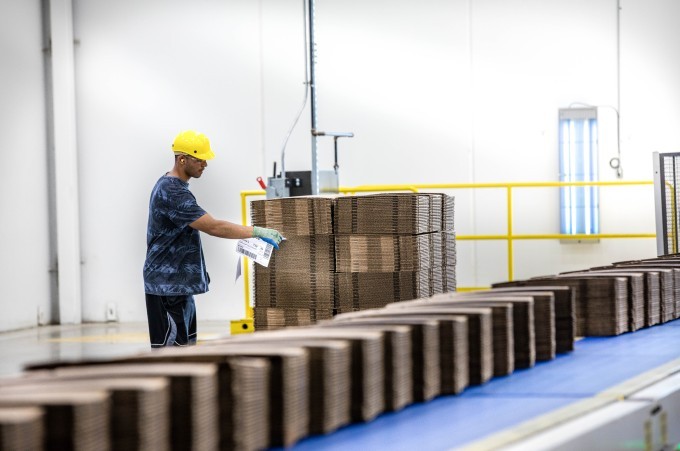
- Redesigning products for circularity Creating products with renewable materials or that will be a part of a circular life cycle reduces the environmental impact from the beginning. In addition, designing products that require fewer resources to manufacture also contributes to greater sustainability. Our team often redesigns packaging for sustainability, much like we did with Grendene, the world’s largest maker of sandals.
- Creating more energy-efficient processes Many companies have adopted technologies that reduce energy consumption in production and distribution processes, and this can continue as new technology emerges. For example, we’ve helped some of our customers transition to using renewable energy sources, such as solar panels or wind turbines, to power their packaging automation.
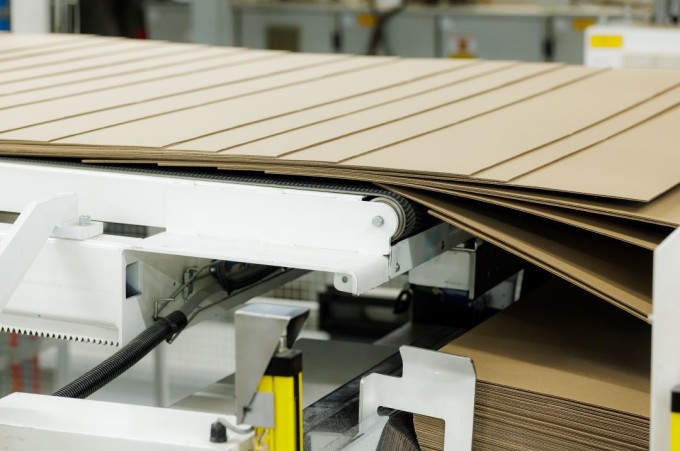
- Digitization and automation Digital technology allows companies to map and manage their supply chains more accurately using tools that incorporate the Internet of Things (IoT), artificial intelligence (AI) and blockchain technology. As these tools evolve and grow, producers will have more opportunities to incorporate them for greater efficiency.
- Adopting more sustainable transport Transportation is one of the largest sources of carbon emissions in the supply chain. Adopting electric vehicles, route optimization, and collaborative transportation solutions are key strategies to continue to reduce environmental impact.
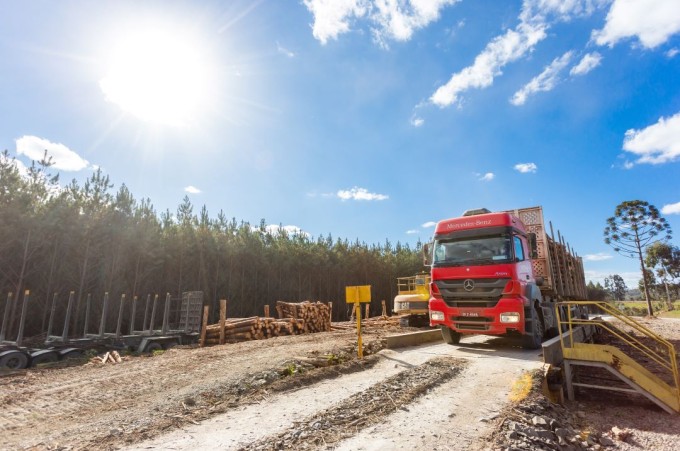
- Thinking about reverse logistics This concept involves managing the return of products from consumers to manufacturing or distribution companies to ensure their proper reuse, recycling or correct disposal. This is one of the best ways to increase the circularity of your products and packaging. As reverse vending grows, the key to consumer adoption is providing them proper incentives, such as discounts on future purchases.
- Increasing collaboration in the value chain Innovation is also driven by partnership between suppliers, manufacturers, distributors and consumers. Working together allows us to identify best practices, reduce costs and increase the positive impact on the environment. For example, in partnering with Costco, the company’s team connected us with many of their suppliers and we then helped them to replace single-use plastic packaging with recyclable, paper-based alternatives.
Benefits of Sustainable Supply Chain Innovation
Savings. Contrary to what one might think, sustainability does not always imply higher costs. Applying innovation in the sustainable supply chain offers multiple benefits that impact the environment, but also economically favor companies committed to optimizing their processes and reducing waste. This, coupled with the adoption of renewable energy, can lead to significant savings for organizations.Adaptability. By innovating with digital and automation systems, companies can respond more quickly to unexpected changes in the market, such as global crises, transportation disruptions or fluctuations in the availability of raw materials. This allows for more agile and flexible management, ensuring compliance with demand without compromising sustainability.
Transparency. The greater transparency provided by technologies, such as blockchain, facilitates better control and traceability of products. This provides more ethical and responsible practices throughout the value chain.
Consumer confidence. Innovation in the sustainable supply chain strengthens the competitiveness and reputation of organizations. Consumers and government regulations are increasingly demanding more sustainable practices, so adopting innovative solutions not only allows compliance with regulations, but also improves brand perception, achieving differentiation in the market and attracting a conscientious audience.
How we can help with sustainable supply chain innovation
Smurfit Westrock invests in sustainable innovation and development for our supply chain and those of our customers. We make our proprietary tools available to companies and businesses that rely on our products and services, allowing them to increase supply chain efficiency and responsibility.One of those tools, SupplySmart, is a digital model that combines various tools, data, knowledge and experiences from more than 100,000 supply chains to simulate and test your business processes. This helps you to make more informed decisions about the packaging of your products and increase efficiency, sustainability and savings.
To explore your possibilities for improving your supply chain, contact our team of packaging experts.
Our Latest Blogs









